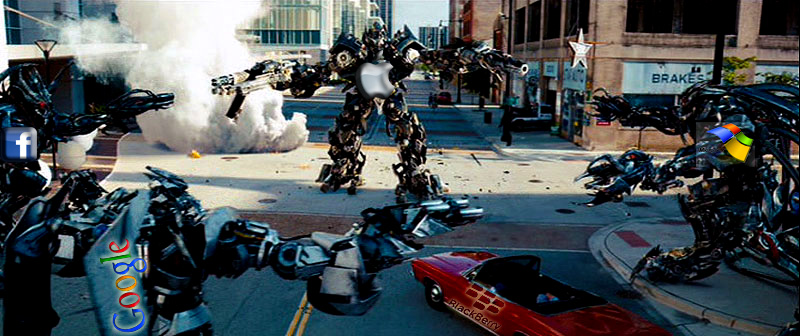 Horizons Unlimited is having a big meeting in central Ontario in May and it’d be nice to go. It’s a three hour ride from home but only about an hour and a half from the inlaw’s cottage. I looked into staying over but it’s a pretty penny. Staying at the resort it’s at is north of eight hundred bucks for the cheapest condo type place available. Even assuming I could find some people to divide the cost with, that’s more than I’m willing to pay.
Horizons Unlimited is having a big meeting in central Ontario in May and it’d be nice to go. It’s a three hour ride from home but only about an hour and a half from the inlaw’s cottage. I looked into staying over but it’s a pretty penny. Staying at the resort it’s at is north of eight hundred bucks for the cheapest condo type place available. Even assuming I could find some people to divide the cost with, that’s more than I’m willing to pay.
Heading up Friday I could do a loop around the Kawartha Highlands on some twisty, Canadian Shield roads before landing at the cottage. The whole thing would be about 850kms over a long weekend. A day of riding up there, a day at Horizons and then a ride home on Sunday – entirely doable.
 |
| The ride around Kawartha |
They structure the pricing to get you there for the whole weekend, so even if I just went for the day it’s still seventy five bucks, but then I guess I could always go back Sunday if it really did the business. I’ve had friends attend before and really enjoy it. If there were wild camping opportunities in a less resorty location, I’d be more willing to commit, but refugee camping (in rows, on a site) isn’t my cup of tea, and the alternative staying in a building ends up being money I’d rather spend elsewhere.
Still, for seventy five bucks, it might be a good way to get a sense of the overlander adventure club, I just wish they offered a first time taster’s package. They say ‘come to an HU event and find your tribe’ – but I tend toward a tribe of one. I want to believe, and I want to go, but I don’t want to end up spending a mint on something that ends up not being a fit. The aspie in me wants me to just go for a long ride in the Haliburton Highlands – I’m trying to use that to convince him to go and meet people… something he really isn’t fond of.
from Blogger https://ift.tt/2qM4ePm
via IFTTT












